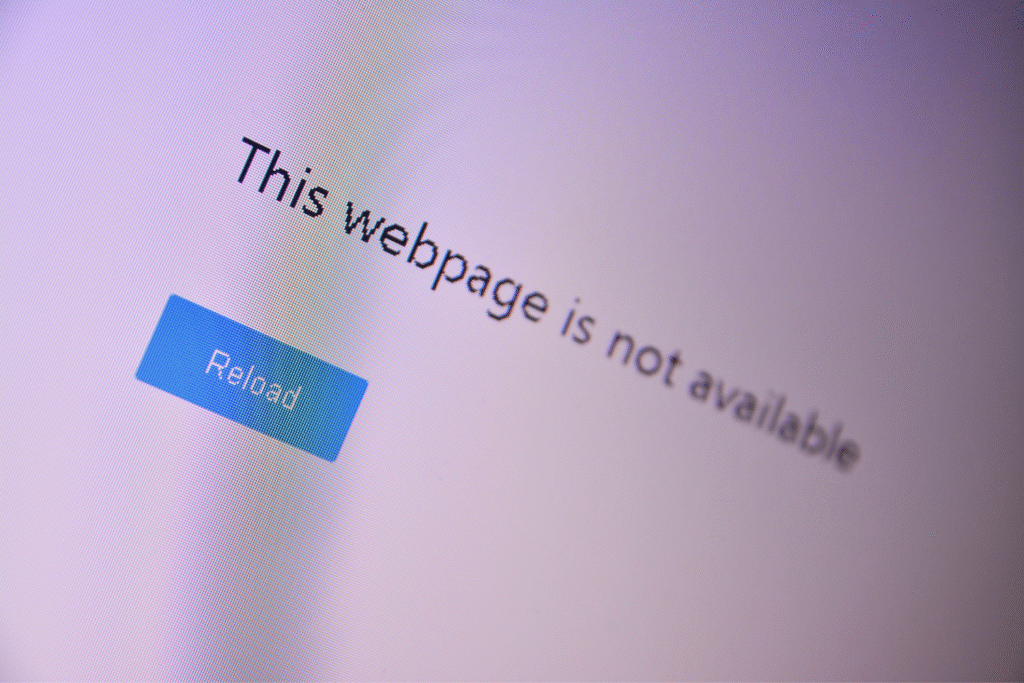A well-structured onboarding process is essential when hiring remote Filipino teams, and the buddy system is key to making it successful. Filipino employees thrive in environments where team members connect, communication channels are open, and guidance is clear. A strong buddy helps new hires adjust to their new job, company culture, and the tools used by remote workers, especially when navigating time zone differences or company policies.
For Filipino virtual assistants and remote employees, a buddy is not just a mentor but a bridge between task management, career growth, and team cohesion. This guide explains how to create a proper onboarding system using the buddy method to support new team members, boost employee morale, and build a productive workforce.
What Is a Buddy System in Onboarding?
The buddy system is a core part of the employee onboarding process. It pairs new employees with experienced team members who offer day-to-day guidance, answer questions, and help them feel more connected. This system reduces the stress of starting a new job by combining social connection with practical support.
It also shortens the learning curve, encourages knowledge sharing, and helps remote team members adjust faster to the company’s success metrics, tools, and expectations. A buddy system can help create a more supportive environment, often leading to better outcomes for new hires.

Why it matters for Filipino remote employees
For Filipino virtual assistants and other remote Filipino teams, the buddy system is especially valuable. Many Filipino professionals hesitate to ask questions out of respect or fear of causing conflict, leading to misunderstandings during the onboarding journey.
A buddy encourages open communication and supports smooth team cohesion. This approach fits well with Filipino values like group harmony and pakikisama, helping new team members feel included, build trust, and understand the company culture better from the start.
What Makes a Good Buddy for Filipino Team Members?
Choosing the right buddy is critical to creating an effective onboarding process for remote workers. Not everyone is a good fit. A strong buddy supports the whole onboarding process without overwhelming the new hire.
Cultural awareness and empathy
A good buddy understands key elements of Filipino communication and values. They know Filipino employees may avoid direct confrontation and prefer a respectful, polite tone. This awareness helps the buddy know when to guide and step back. Cultural sensitivity also ensures the buddy supports new team members through challenges like time zone differences or adapting to virtual onboarding.
Strong communication skills
Good buddies explain systems, project management tools, and onboarding software in clear, simple ways. They help new hires understand job-specific skills and company policies without causing confusion. They also follow up regularly using video calls or messages but avoid micromanaging, keeping the employee onboarding experience flexible and comfortable.
Positive, approachable, and respected by peers
A reliable buddy is someone new employees can trust and feel safe talking to. They set a strong example of professionalism and show what good employee engagement looks like. These experienced employees also help keep employees engaged through mentorship programs, virtual team-building activities, and regular check-ins that promote team building and ongoing process improvement.

How to Set Up a Buddy System That Works
A good buddy system needs more than just a friendly face. It should be part of a detailed onboarding process that helps new team members adjust quickly and feel supported in their new job.
Assign the buddy before Day One
Assigning a buddy before the new hire’s first day gives the onboarding program a strong start. The buddy should be introduced in the welcome email, with clear information about their role. Let both the new hire and buddy know what to expect.
The buddy’s job is to support new employees through their first few weeks, answer basic questions, and help explain how the team works. This early setup is key to a good onboarding process and shows the company values a supportive environment for its remote Filipino teams.
Create a structured buddy timeline
The buddy system works best when it follows a clear schedule. In Week 1, the buddy should check in daily and guide the new team member through systems and tasks using video calls or chat. This includes walkthroughs of onboarding software, project management tools, and communication platforms.
From Weeks 2 to 4, the buddy should shift to weekly check-ins, offer collaborative tasks, and help build confidence. These check-ins support continuous improvement and help reduce the learning curve for remote employees adjusting to company workflows.
Provide buddy system templates and tools
To keep the buddy system organized and useful, give both parties tools that support their check-ins and conversations. These templates keep the onboarding efforts smooth and aligned with key elements of effective employee onboarding.
- Conversation prompts – Help the buddy start meaningful chats about the onboarding experience, career growth, and company culture.
- Check-in agendas – Provide a weekly structure to guide discussions, covering job-specific skills, remote work tips, and employee orientation progress.
- Feedback forms for both parties – Let new hires and buddies share how things are going. These forms can help HR track progress and adjust onboarding efforts to support employee needs.

What Should a Buddy Help With?
Buddies play a big role in helping new employees get through their first few weeks. They allow remote Filipino teams to settle into their roles and become productive employees faster.
Navigating systems and tools
A buddy should walk new hires through onboarding software, task management tools, and internal communication platforms. They also help troubleshoot tech issues and show where to find resources. This guidance is key for remote workers to feel confident and complete tasks without delays.
Explaining company norms and workflows
Buddies explain company policies, communication expectations, and how the team works across time zones. They also highlight management systems, meeting habits, and preferred communication channels. This gives new employees a clear picture of how to succeed in their role.
Answering questions about role expectations
New hires often have questions about what’s expected in their job. A buddy offers honest, easy-to-understand answers based on real experience. This support makes it easier for Filipino virtual assistants and remote team members to meet performance goals and understand how they can contribute to the company’s success.
Providing emotional support and encouragement
Starting a new job remotely can feel isolating, especially for remote Filipino teams. A buddy helps new team members feel welcomed, listened to, and less alone. They encourage open communication, boost employee morale, and create a space where employees feel comfortable sharing concerns—all of which help create a productive workforce and stronger employee engagement.
Tips for Training and Supporting Buddies
To make the buddy system onboarding Filipino team members work well, your experienced employees need the right support too. Training buddies properly helps keep the onboarding process consistent, fair, and aligned with company policies and goals.
Brief them on Filipino work culture
Before assigning a buddy, ensure they understand the key elements of Filipino work culture. Teach them about indirect communication styles and the value of group harmony. Buddies should learn how to build rapport with remote Filipino teams and support team cohesion in a way that respects local norms. This helps them guide new hires more effectively while keeping communication channels open and comfortable.
Set clear expectations and boundaries
Define what the buddy is responsible for from the start. They should focus on helping new team members understand systems, workflows, and the company culture, not manage performance. The HR team should provide a written outline of the buddy’s role within the employee onboarding strategies. This helps avoid confusion and keeps the onboarding efforts focused on support, not supervision.
Recognize and reward great buddies
Recognizing supportive buddies can contribute to stronger team engagement and smoother onboarding. Highlight their contributions during team meetings and through internal communication tools. Consider simple reward programs or bonuses as part of your ongoing process to keep experienced employees engaged. Recognizing buddy efforts also boosts employee morale and strengthens the company’s commitment to effective onboarding.
Mistakes to Avoid in a Buddy System
Even a detailed onboarding process can fail if the buddy system isn’t set up or managed correctly. Avoiding these common mistakes helps ensure a smoother onboarding experience for new hires and better results for your remote team.
Assigning someone too busy or disinterested
A buddy who lacks time or interest will harm the onboarding journey. Remote employees rely on steady support to learn systems, adapt to virtual onboarding, and feel like part of the team. Choose someone available, engaged, and willing to help employees feel welcomed.
Not setting a timeline or structure
Skipping the structure creates confusion for both the buddy and the new team member. Without a clear plan, the employee onboarding process becomes inconsistent. Use tools like check-in templates and regular schedules to guide buddy interactions throughout the onboarding program.
Expecting the buddy to handle performance issues
Buddies are not managers. They help with integration and employee orientation, not discipline. Tasks related to key performance indicators, job evaluations, or enforcing labor laws—including those related to the Social Security System, health insurance, and Philippine Labor Laws—should remain with the HR team or supervisor. Keeping boundaries clear supports a healthy, supportive environment and maintains trust within your remote work structure.

A Great Buddy Builds Trust Faster
The buddy system is often a helpful strategy for encouraging trust, improving engagement, and supporting long-term team growth. It creates a culturally aware onboarding experience supporting job-specific skills and emotional connection.
Supportive onboarding often helps new hires adapt more easily, stay engaged, and contribute effectively. With the right structure, training, and recognition, the buddy system turns your employee onboarding process into a foundation for a strong, connected remote team.
Frequently Asked Questions
What is the role of a buddy in onboarding?
A buddy helps new hires adjust by offering guidance, support, and insights into company culture and workflows.
Why is a buddy system important for Filipino remote hires?
It encourages open communication, eases cultural adjustments, and helps new Filipino employees feel part of the team.
How do I choose the right buddy for a new employee?
Pick an experienced employee who’s approachable, knowledgeable, and has time to offer consistent support.
What should buddies cover during the first week?
They should guide new team members through systems, tools, team introductions, and role expectations.
How do I measure if the buddy system is working?
Track employee engagement, onboarding feedback, and performance indicators during the onboarding journey.
References
- Labor Law PH Library. (2022). DOLE Department Order No. 221-A, Series of 2022. https://library.laborlaw.ph/laws/
- L&E Global. (2024). Working conditions in the Philippines. https://leglobal.law/countries/philippines/employment-law/employment-law-overview-philippines-2/03-working-conditions-2/
- National Commission for Culture and the Arts (NCCA). (2023). Filipino Values for the Common Good: A Primer. https://ncca.gov.ph/2023/07/17/filipino-values-for-the-common-good-a-primer/
- Philippine Atmospheric, Geophysical and Astronomical Services Administration (PAGASA). (n.d.). Philippine Standard Time. https://bagong.pagasa.dost.gov.ph/astronomy#philippine-standard-time
- U.S. Office of Personnel Management. (n.d.). A Model for Integrating and Engaging New Employees. https://www.opm.gov/policy-data-oversight/training-and-development/reference-materials/online-courses/maximizing-employee-engagement/content/common/cw/data/Getting_Onboard_a_Model_for_Integrating_and_Engaging_New_Employees.pdf




